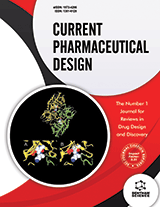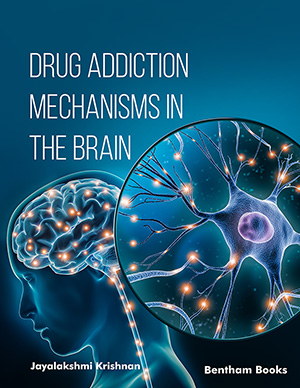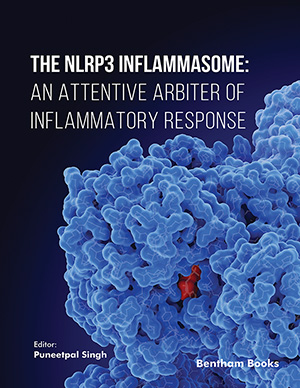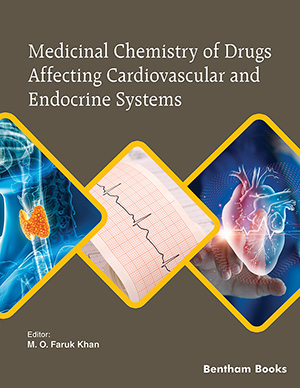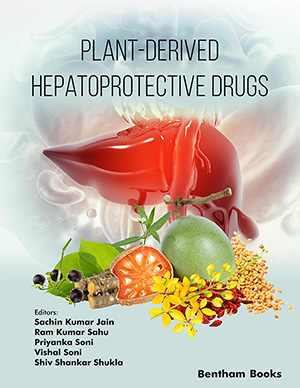Abstract
There is a tremendous progress in the design and synthesis of nano-scaled, non-viral carriers in the previous two decades. The nanodelivery systems can significantly improve biopharmaceutical features, pharmacokinetic properties and therapeutic efficacy of entrapped drugs. Branched polyethylenimine (PEI) is a cationic polymer that contains primary, secondary and tertiary amino groups. Such type of water-soluble polymer having high density of amines is one of the most promising cationic vectors for gene delivery. Hence, constructing nanocarriers that contain PEI have attracted much research effort in gene therapy because of the synergy effects of PEI molecules for their efficient transfection and the multi-functionality of nanoparticles in delivery. In this review, we focus on the recent development on the design and synthesis of four types of PEI-based nanocarriers: 1) PEI-based polymeric micelles systems; 2) PEI-based polymeric nanoparticle system; 3) PEI/silica nanoparticle systems; and 4) PEI/metal nanoparticle systems. Their in vitro gene transfaction and in vivo gene therapy will be also discussed. Results from these studies have demonstrated that PEI-based nanocarriers are promising delivery systems because of their efficient gene transfection, negligible toxicity, capability to co-deliver nucleic acids and chemotherapy drugs, ease of modification with the targeting molecules, and good responsiveness to external stimulus.
Keywords: Polyethyleneimine, nanocarrier, PEI/Polymer nanocarriers, PEI/Inorganic nanocarriers, gene delivery, synergistic therapy.
Current Pharmaceutical Design
Title:Polyethyleneimine-Based Nanocarriers for Gene Delivery
Volume: 21 Issue: 42
Author(s): Xia Wang, Dechao Niu, Chen Hu and Pei Li
Affiliation:
Keywords: Polyethyleneimine, nanocarrier, PEI/Polymer nanocarriers, PEI/Inorganic nanocarriers, gene delivery, synergistic therapy.
Abstract: There is a tremendous progress in the design and synthesis of nano-scaled, non-viral carriers in the previous two decades. The nanodelivery systems can significantly improve biopharmaceutical features, pharmacokinetic properties and therapeutic efficacy of entrapped drugs. Branched polyethylenimine (PEI) is a cationic polymer that contains primary, secondary and tertiary amino groups. Such type of water-soluble polymer having high density of amines is one of the most promising cationic vectors for gene delivery. Hence, constructing nanocarriers that contain PEI have attracted much research effort in gene therapy because of the synergy effects of PEI molecules for their efficient transfection and the multi-functionality of nanoparticles in delivery. In this review, we focus on the recent development on the design and synthesis of four types of PEI-based nanocarriers: 1) PEI-based polymeric micelles systems; 2) PEI-based polymeric nanoparticle system; 3) PEI/silica nanoparticle systems; and 4) PEI/metal nanoparticle systems. Their in vitro gene transfaction and in vivo gene therapy will be also discussed. Results from these studies have demonstrated that PEI-based nanocarriers are promising delivery systems because of their efficient gene transfection, negligible toxicity, capability to co-deliver nucleic acids and chemotherapy drugs, ease of modification with the targeting molecules, and good responsiveness to external stimulus.
Export Options
About this article
Cite this article as:
Wang Xia, Niu Dechao, Hu Chen and Li Pei, Polyethyleneimine-Based Nanocarriers for Gene Delivery, Current Pharmaceutical Design 2015; 21 (42) . https://dx.doi.org/10.2174/1381612821666151027152907
| DOI https://dx.doi.org/10.2174/1381612821666151027152907 |
Print ISSN 1381-6128 |
| Publisher Name Bentham Science Publisher |
Online ISSN 1873-4286 |
Call for Papers in Thematic Issues
"Tuberculosis Prevention, Diagnosis and Drug Discovery"
The Nobel Prize-winning discoveries of Mycobacterium tuberculosis and streptomycin have enabled an appropriate diagnosis and an effective treatment of tuberculosis (TB). Since then, many newer diagnosis methods and drugs have been saving millions of lives. Despite advances in the past, TB is still a leading cause of infectious disease mortality ...read more
Current Pharmaceutical challenges in the treatment and diagnosis of neurological dysfunctions
Neurological dysfunctions (MND, ALS, MS, PD, AD, HD, ALS, Autism, OCD etc..) present significant challenges in both diagnosis and treatment, often necessitating innovative approaches and therapeutic interventions. This thematic issue aims to explore the current pharmaceutical landscape surrounding neurological disorders, shedding light on the challenges faced by researchers, clinicians, and ...read more
Emerging and re-emerging diseases
Faced with a possible endemic situation of COVID-19, the world has experienced two important phenomena, the emergence of new infectious diseases and/or the resurgence of previously eradicated infectious diseases. Furthermore, the geographic distribution of such diseases has also undergone changes. This context, in turn, may have a strong relationship with ...read more
Melanoma and Non-Melanoma Skin Cancer Treatment: Standard of Care and Recent Advances
In this thematic issue, we aim to provide a standard of care of the diagnosis and treatment of melanoma and non-melanoma skin cancer. The editor will invite authors from different countries who will write review articles of melanoma and non-melanoma skin cancers. The Diagnosis, Staging, Surgical Treatment, Non-Surgical Treatment all ...read more
 141
141 12
12
- Author Guidelines
- Graphical Abstracts
- Fabricating and Stating False Information
- Research Misconduct
- Post Publication Discussions and Corrections
- Publishing Ethics and Rectitude
- Increase Visibility of Your Article
- Archiving Policies
- Peer Review Workflow
- Order Your Article Before Print
- Promote Your Article
- Manuscript Transfer Facility
- Editorial Policies
- Allegations from Whistleblowers
- Announcements
Related Articles
-
Heterocyclic Curcumin Derivatives of Pharmacological Interest: Recent Progress
Current Topics in Medicinal Chemistry Editorial: Brain Imaging and Automatic Analysis in Neurological and Psychiatric Diseases – Part II
CNS & Neurological Disorders - Drug Targets Does Ligand Symmetry Play a Role in the Stabilization of DNA G-Quadruplex Host-Guest Complexes?
Current Medicinal Chemistry Stem Cell-Mediated Delivery of Therapies in the Treatment of Glioma
Mini-Reviews in Medicinal Chemistry The Applications of Targeting Anti-Cancer Agents in Cancer Therapeutics
Anti-Cancer Agents in Medicinal Chemistry Disulfiram's Anticancer Activity: Evidence and Mechanisms
Anti-Cancer Agents in Medicinal Chemistry Update on Laser Photochemotherapy: An Alternative for Cancer Treatment
Anti-Cancer Agents in Medicinal Chemistry Recent Approaches and Success of Liposome-Based Nano Drug Carriers for the Treatment of Brain Tumor
Current Drug Delivery Review of Recent Clinical Developments and Patents for the Treatment of Autoimmune and Inflammatory Diseases by Mesenchymal Stromal Cells
Recent Patents on Regenerative Medicine Structural Characterization, Biological Effects, and Synthetic Studies on Xanthones from Mangosteen (Garcinia mangostana), a Popular Botanical Dietary Supplement
Mini-Reviews in Organic Chemistry Immuno-Isolation in Cancer Gene Therapy
Current Gene Therapy Aurora A and B Kinases - Targets of Novel Anticancer Drugs
Recent Patents on Anti-Cancer Drug Discovery Aerosol Processing of Crumpled Graphene Oxide-based Nanocomposites for Drug Delivery
Current Pharmaceutical Design Anticancer Properties of Flavonoids: Roles in Various Stages of Carcinogenesis
Cardiovascular & Hematological Agents in Medicinal Chemistry Anticancer Drug Discovery from the Marine Environment
Recent Patents on Anti-Cancer Drug Discovery Water and Ion Channels: Crucial in the Initiation and Progression of Apoptosis in Central Nervous System?
Current Neuropharmacology Resveratrol and Clinical Trials: The Crossroad from In Vitro Studies to Human Evidence
Current Pharmaceutical Design Adenovirus As An Integrating Vector
Current Gene Therapy In Vitro Anticancer Evaluation of Some Synthesized 2H-Quinolinone and Halogenated 2H-Quinolinone Derivatives as Therapeutic Agents
Anti-Cancer Agents in Medicinal Chemistry From Protein to Peptides: a Spectrum of Non-Hydrolytic Functions of Acetylcholinesterase
Protein & Peptide Letters


